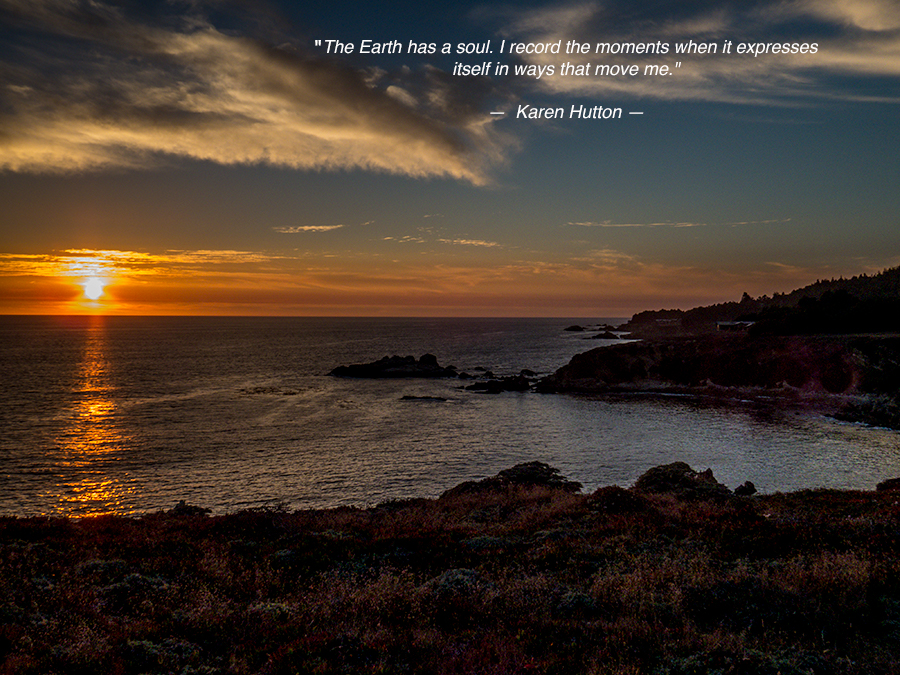
— Karen Hutton —
Photograph by Jeffrey B. Ross
**********
For those who have followed my photography posts, I have some information you may find of interest and motivational. In any creative endeavor there are several factors involved. I would like to quickly address just two of them.
Tools of the Trade – If you are a musician, sculptor, quilter, painter, stain glass artisan, etc., you understand that there are tools you will need to be successful. Having the correct tools, however is only a start.
You could place a piano in front of me, even the best, most expensive piano available, and I would not be able to play it. I might be able to learn to play it eventually, but I couldn’t do it on my own. I don’t know the difference between the white keys and the black keys. I am aware that there are pedals on the base of the instrument, but I don’t have the faintest idea of what they do.
You could cajole me, bribe me or threaten me, but no matter what, I just couldn’t do it. That is because I haven’t learned the tools of the trade. I haven’t learned how to apply and use the means of the craft.
The first essential element for any creator, therefore, is to completely understand the tools required and how to use each one of them to their fullest. That is perhaps why Malcom Gladwell in his book Outliers, suggested that 10,000 hours of deliberate practice would be necessary to achieve expertise. There is much argument about the number of hours and how Gladwell derived this theory, but suffice it to say that much practice and study would be needed to become an acknowledged expert in one of the arts. And much of those hours would be practicing to effectively use the tools and potentially even inventing new ways of applying them.
Vision – This, in my opinion, can be the more difficult part. Many art students begin by copying the drawings and paintings of the masters and after some time, they become proficient, almost perfect copiers. This, however, does not make them an artist.
To become an artist, one must develop their own unique vision of the world. Once that vision is understood and realized, then it is time to take the tools of the trade and apply them to create their style through their art so the world can appreciate, recognize and enjoy their craft and unique signature.
If this has piqued your curiosity and you are interested in photography or any creative endeavor, then let me suggest you follow Karen Hutton’s series “The Everyday Genius of Your Artist’s Voice.” I admire Karen and I have been following her blog for a while. I find her posts very motivating and insightful. Some of the concepts will be “fuzzy” at first until you have tried to apply them to your own creative universe. After you begin to apply them and really think hard about them, the clarity should evolve.
While Karen focuses on the vision and art of photography, the same advice can be applied to most creative undertakings. Once you get to her blog, you will realize how diverse her background is and why she is able to guide people through this process.
I will make it easy to get started. All you have to do is follow these links to the first set of articles in the series. Once at her site, subscribe and you will receive the rest.
The Everyday Genius of Your Artist’s Voice: Part 1
The Everyday Genius of Your Artist’s Voice: Part 2, Preparation
The Everyday Genius of Your Artist’s Voice: Part 3, Appearance
The Everyday Genius of Your Artistic Voice: Q&A
**********
All original content on this blog is copyrighted by Jeffrey B. Ross with ALL Rights Reserved. While reference links back to JBRish.com are appreciated and encouraged, please acquire approval for any reproduction of original content from this website.
©Jeffrey B. Ross – 2017
